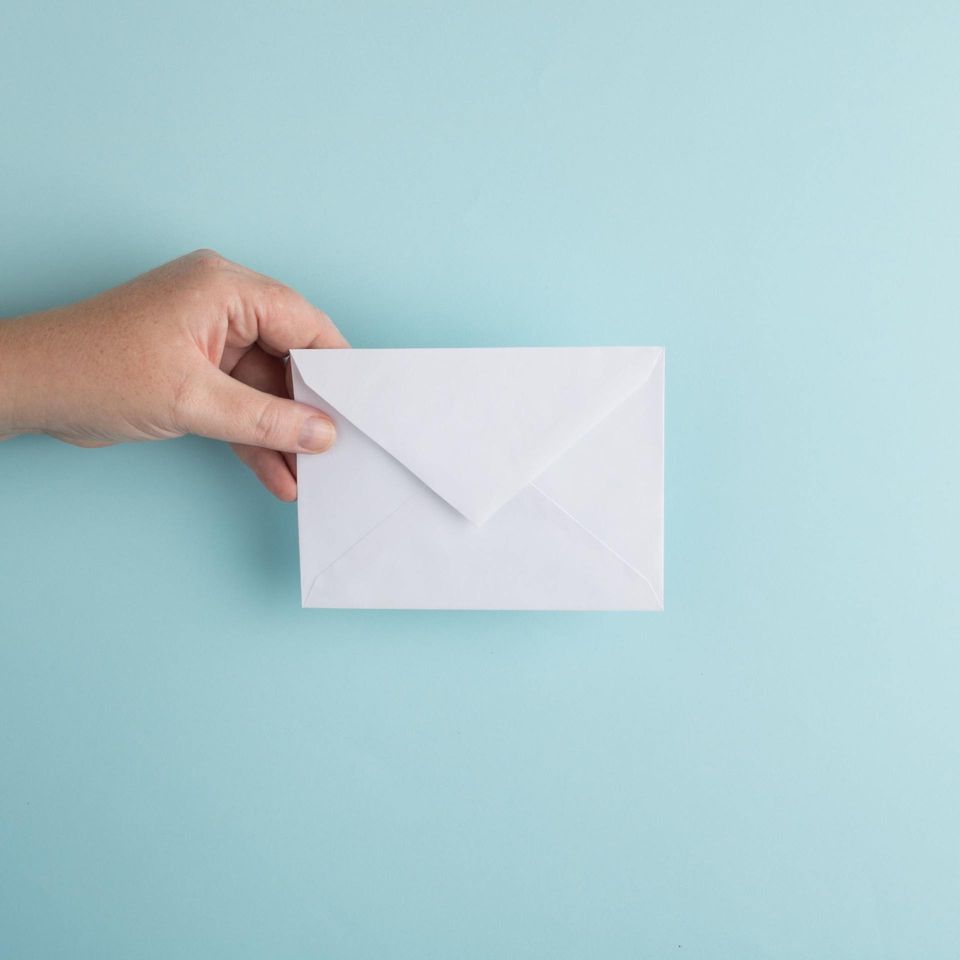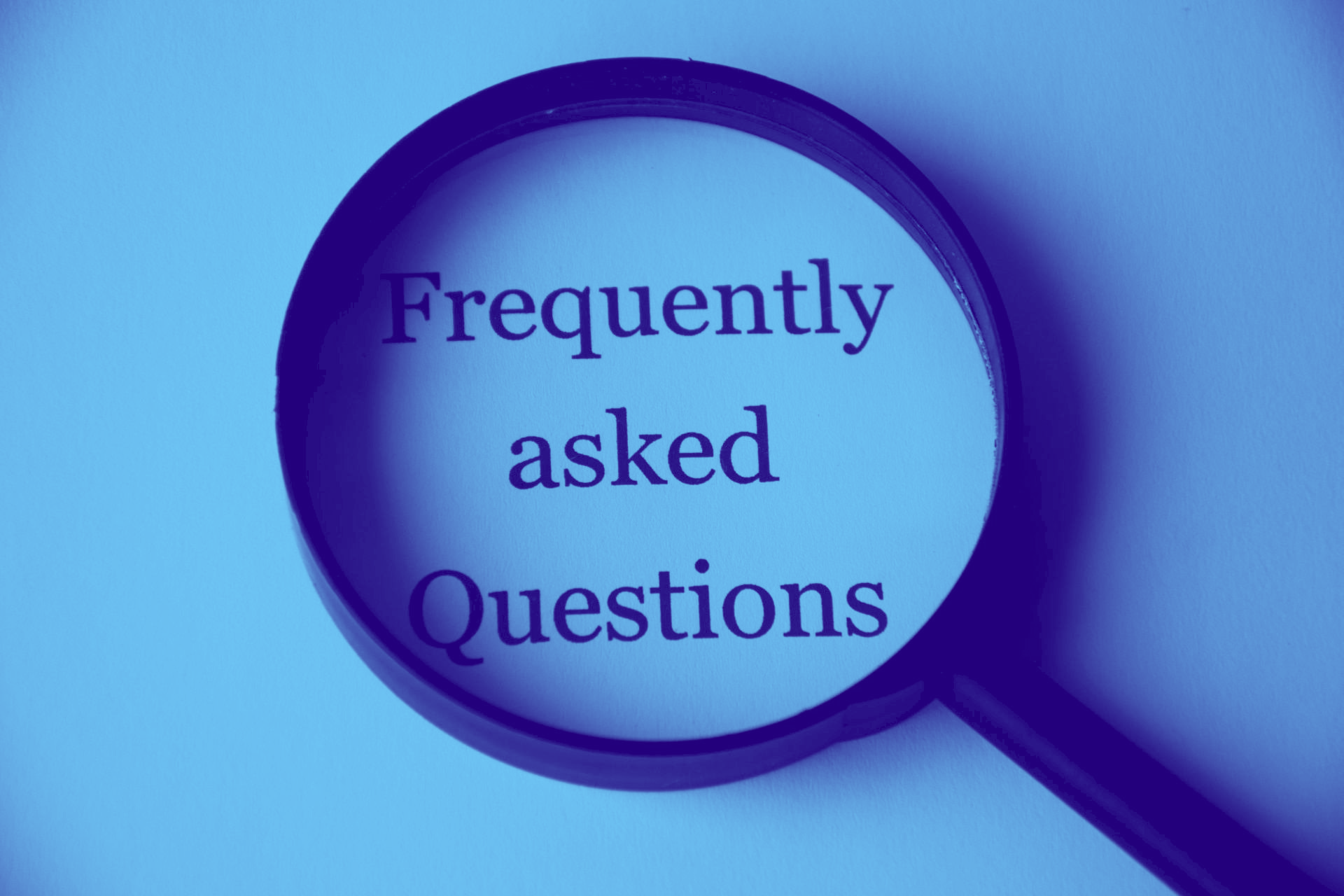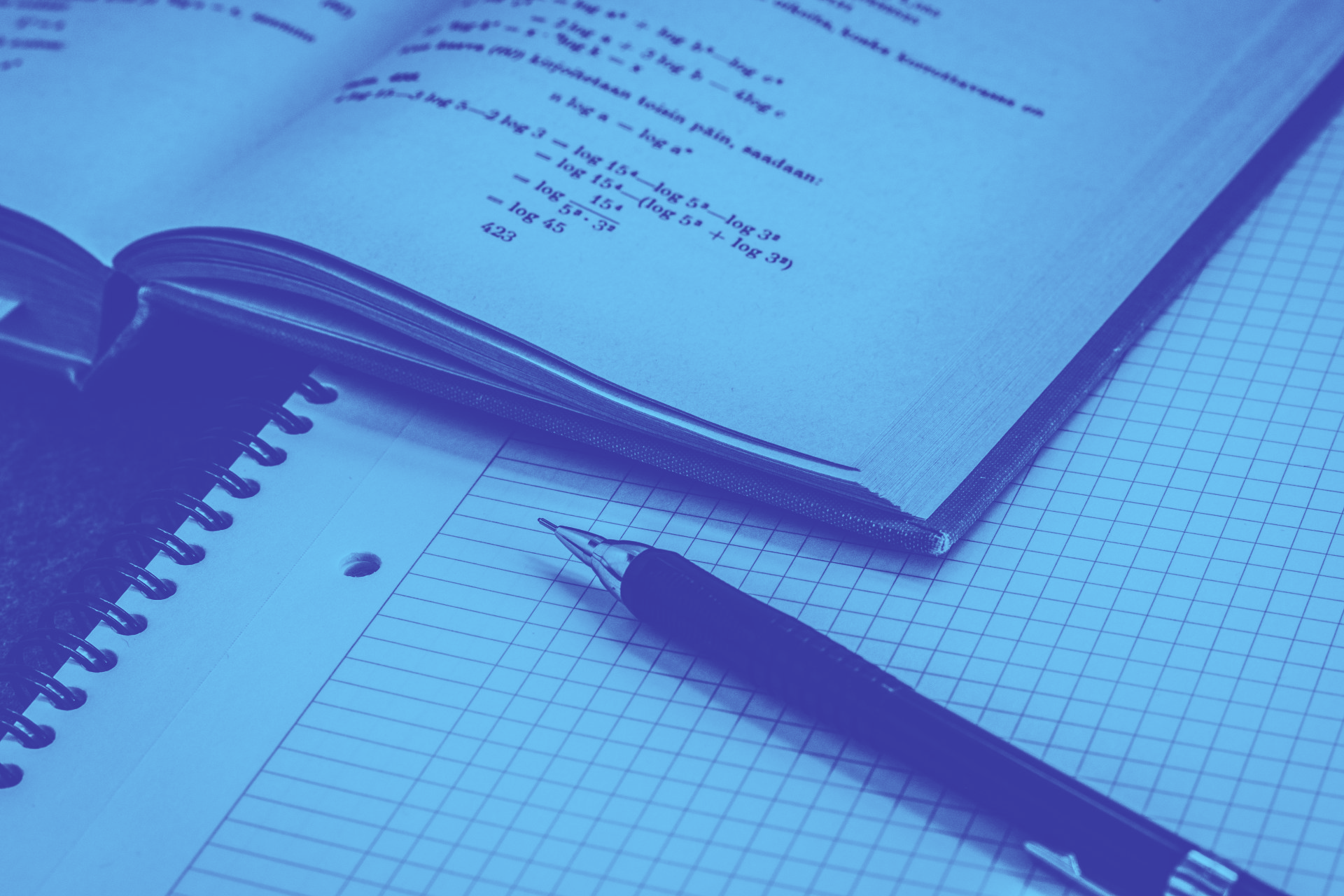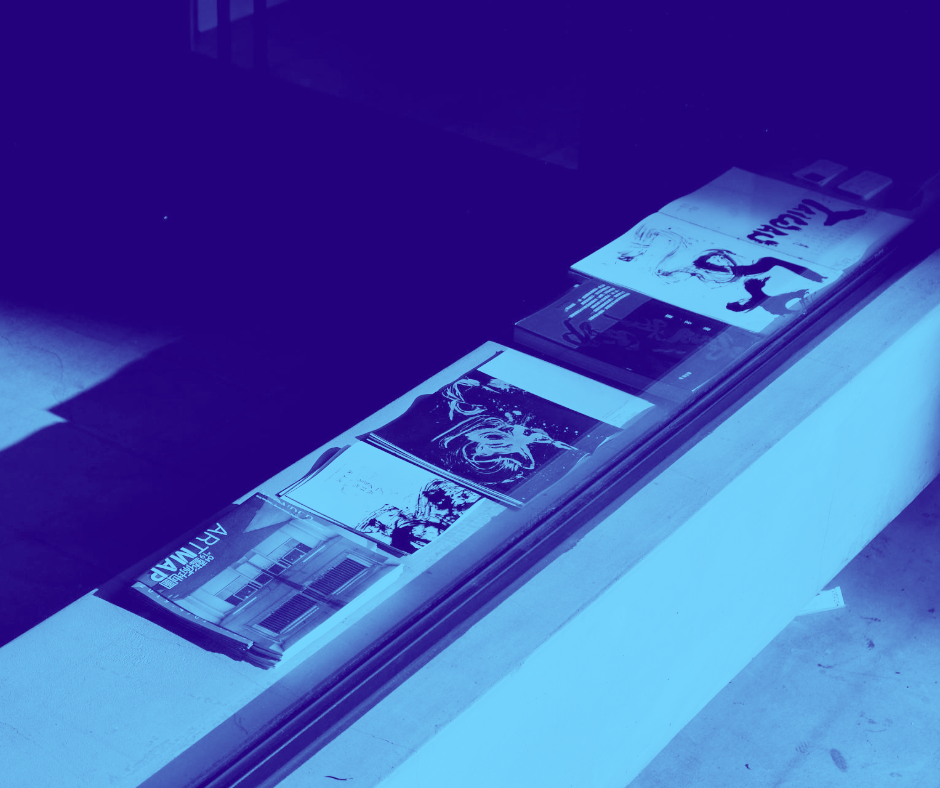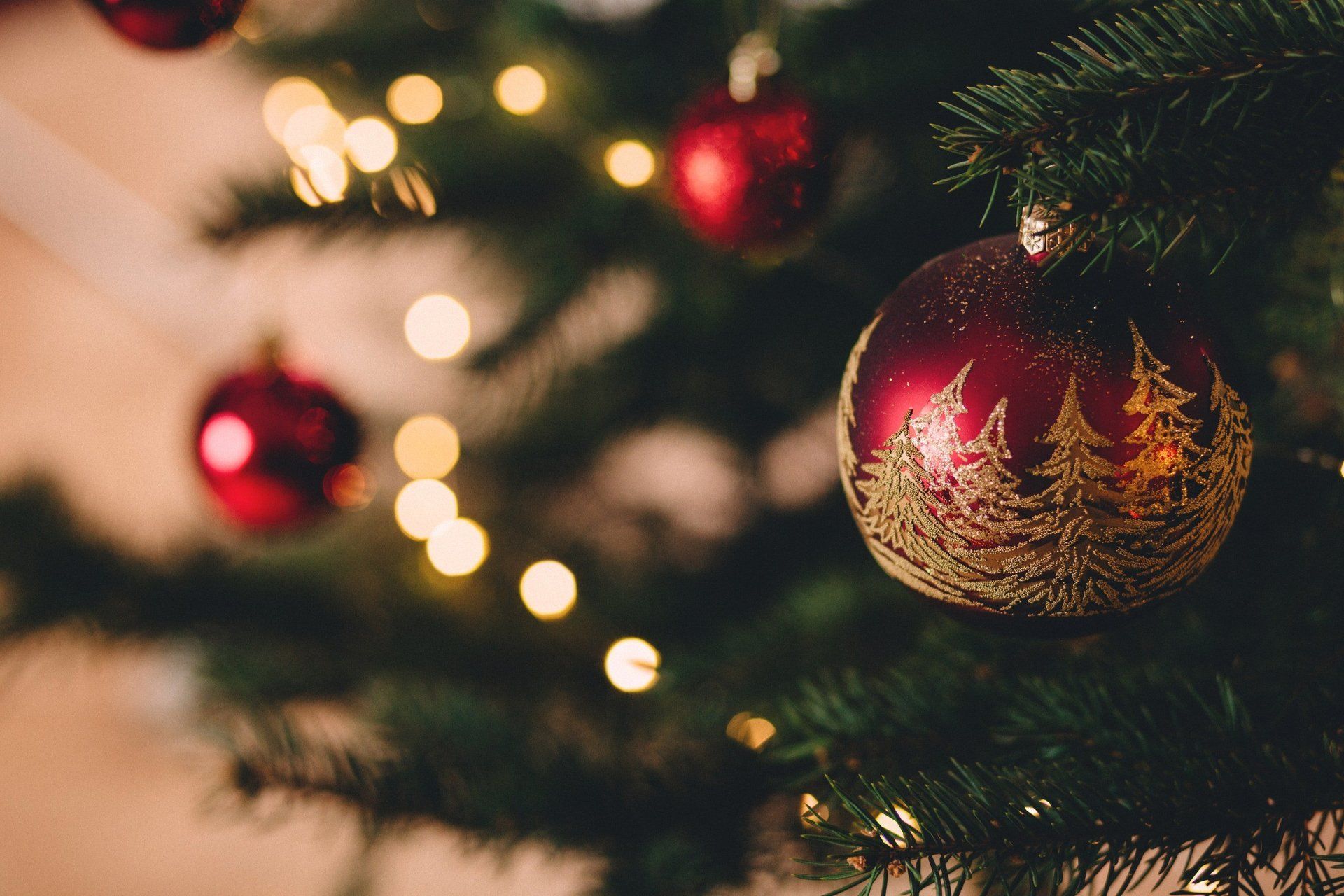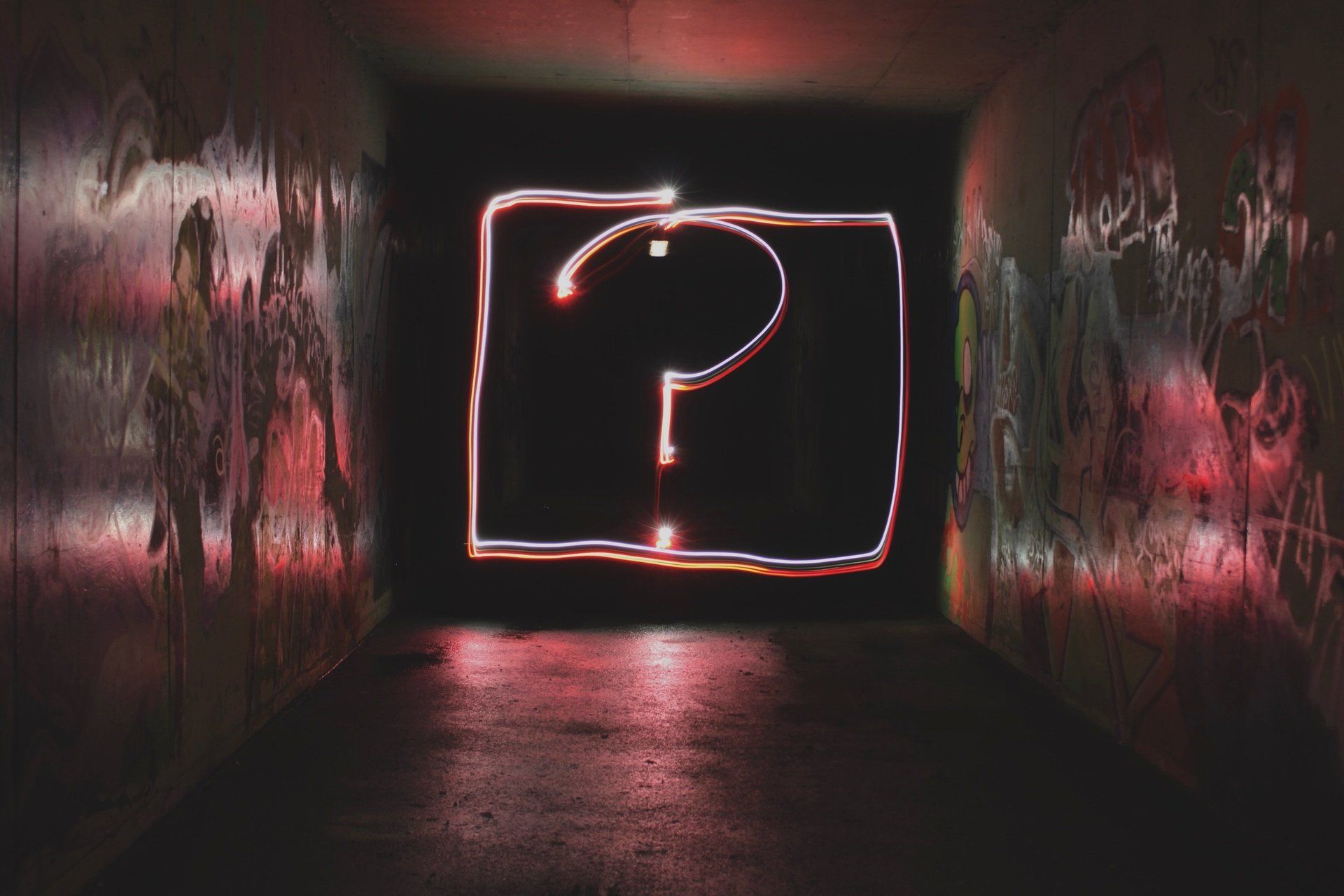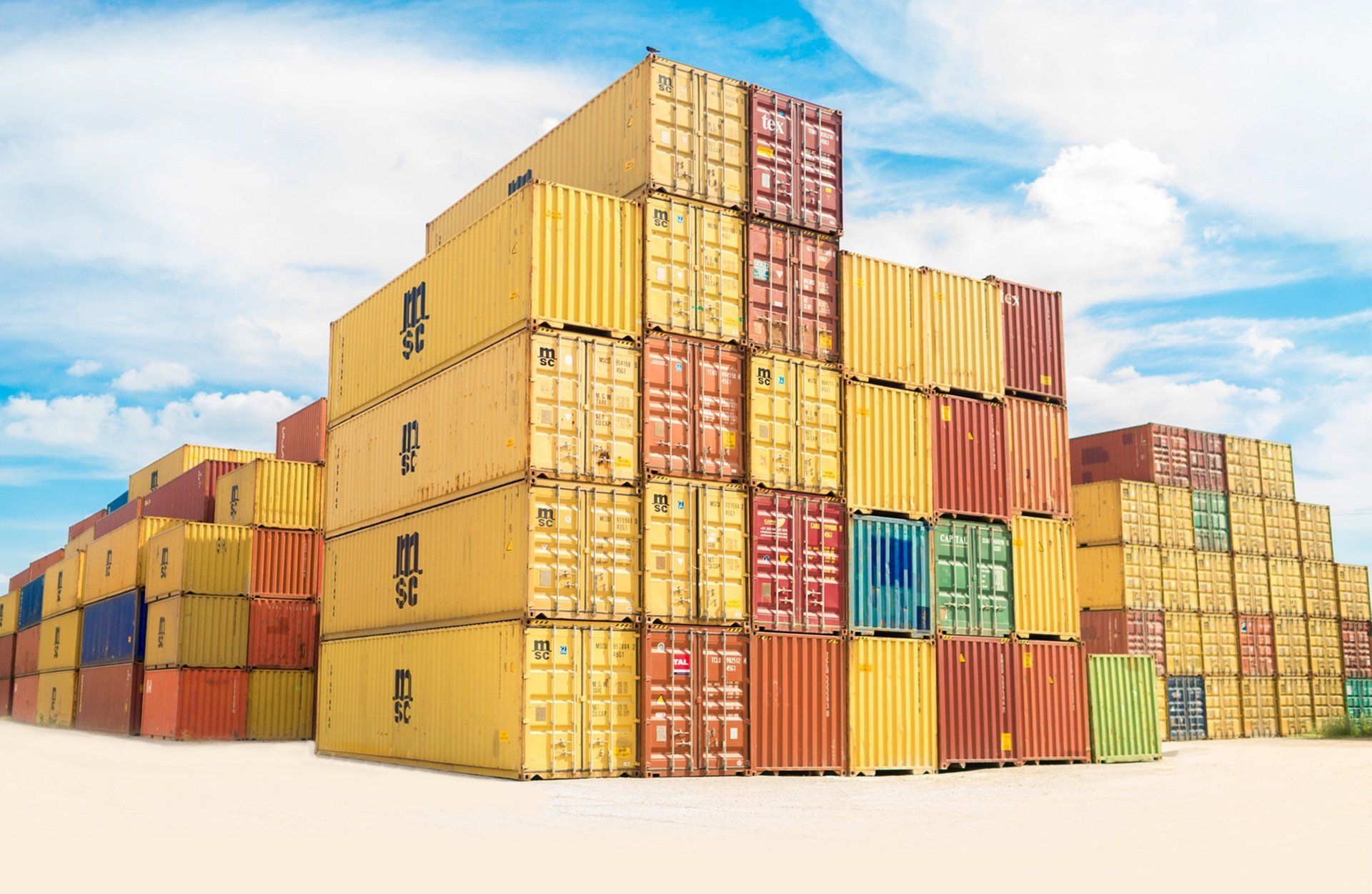Are you using the right envelopes?
Which envelopes suit your machines, or your business needs?
Envelopes to create the right first impression
The envelope is often the first impression a customer gets of your company, so choosing the right one is important
Whatever type of business you have, you can be pretty sure that you need to send out post, among them the most common are invoices, marketing materials, or even products. In most cases this will be sent out in an envelope, but not all envelopes are created equal.
Depending on if you fill these by hand, use an envelope stuffer (also known as a folder inserter), or have odd shaped or fragile goods to sent, the envelope will be important to not only get the contents to their destination safely, but also represent your business to the recipient.
This quick guide runs through the most common types of envelope you might need, all of which can be provided by IMS for delivery. If you need other types of packaging, our team is ready to help, just call or complete the form at the bottom of the page and we'll get back to you.
Envelope size
Everyone knows that paper comes in different sizes, most commonly used being A4, and envelopes are no different. This makes sense, as the paper needs to fit neatly into the envelope, either folded or flat. For every size of paper, there is at least one envelope designed for it.
DL – 110 x 220mm
One of the most common envelopes used. This envelope requires standard 1st or 2nd class postage stamps. A sheet of A4 paper folded twice fits neatly inside.
C6 – 114 x 162mm
These envelopes are designed for A4 paper folded into equal quarters. These are also designed for A6 pieces of paper and card, A5 card and paper folded in half.
C5 – 162 x 229mm
This is the largest size envelope that can be used with standard 1st or 2nd class postage stamps. You will still need to check the weight of your envelope with its contents to ensure the right postage, which is easily done with a franking machine and scales. A sheet of A4 paper folded once in half, or an unfolded sheet of A5 paper fit in this envelope.
C4 – 324 x 229mm
This size of envelope is known as Large Letter for postage using 1st and 2nd class stamps. As always, this will depend on the contents and weight of the package, so check with scales and a postage chart to make sure. An unfolded sheet of A4 will fit in these envelopes – ideal for important business documents.
Envelope weight
This refers to the thickness of the paper, and is measured in grams per square metre. The thickness of the envelope will depend on how much protection the content s need, postage costs, or even just to impress a client with a quality delivery to their offices.
80gsm
A fairly lightweight but reliable envelope, ideal for sending invoices and receipts and everyday mail up to three sheets of A4.
90gsm
A stronger envelope with more opacity, making it more secure for sensitive contents, capable of safely sending up to fifteen sheets of paper.
100 – 110 gsm
These are a thicker envelope, perfect for letterhead correspondence to make a great first impression.
120 – 130gsm
These are strong envelopes, capable of securely holding bulkier contents and brochures through the post.
Envelope colour
While the vast majority of envelopes you send and receive will be white, with a few manilla ones here and there - when you need to stand out a colour envelope is an easy way to get noticed.
In fact, research has shown that they are 9 times more likely to be opened than a white or manilla one. If you want to make sure that your brochures or marketing materials you’ve worked hard to put together get seen, you should consider sending them in a bold colour to stand out from the crowd.
Seal your envelope
There's no point sending your post if you can't be sure it will get there safely sealed inside, and you have a few options here. The three main types of envelope seal are gummed, peel and seal and self-seal.
Gummed
The traditional 'lick and stick' envelope where wetting the gummed flap enables it to stick down securely. These are the type of envelopes you need in a folder inserter machine where the flap is automatically moistened in the machine, rather than your tongue having to lick thousands of envelopes. These envelopes are known as machine compatible.
Peel and Seal
These have a strip of tape to seal the flap. These are labour intensive as they need to be done by hand, so not suitable for large mailouts. They do however have a longer shelf life than machine compatible envelopes.
Self Seal
These are sealed by simply pressing together the flat and the envelope with a pre-gummed side to each. These are great for convenience and are often sent out to customers as return envelopes. The seal can be considered an additional level of security as once sealed, the envelope cannot be opened without tearing the flap.
Type and style of envelope
Now that we've covered the size, weight and sealing of the envelope, what about the type of envelope, and what you might put into them to send them out?
Pocket Envelopes
These are used for most franked mail, next day post and general receptionist / office use. These have the opening along the short side of the envelope.
Wallet Envelopes
The wallet envelope opens along the long side, and these are the most commonly used envelopes. These are the ones you'll see going into a folder inserter and used in mass mailing.
Banker Envelopes
Although these are known as banker envelopes, these will be more recognisable as greetings card envelopes with the triangle shaped flap sealing the envelope shut. Commonly used for birthday cards, personal letters and invitations.
Window Envelopes
As the name suggests, these have a window to enable the address to be seen on the letter enclosed. This can save time with addressing your envelopes, and are used when variable data software is used for sorting mail in large volumes.
Gusset Envelopes
These have expanding sides that allow larger documents, catalogues and bulky paperwork to fit inside securely. These are often a heavier weight envelope and most frequently are used in C4 size.
Padded and Bubble Lined Envelopes
Known to most people as a jiffy bag, these are padded envelopes used to protect the contents in transit. They are lightweight, and frankable, making them a great way to sent items through the post at low cost.
Board Backed Envelopes
To protect important documents such as photographs, certificates or magazines, you may wish to use a board backed envelope. These will often have the 'please do not bend' text printed on the envelope.
Security Envelopes
These are a range of secure envelopes that protect all documents enclosed, some are tamperproof with tear resistant paper, and we have unique CheckSecure envelopes. These CheckSecure envelopes have a dark opaque printing on the inside to prevent the contents from being read without opening – even if fraud sprays are used to attempt to render the paper transparent.
Polythene Envelopes
If you need to protect the contents from water, a strong plastic envelope could be what you need. They can be used to protect any envelope, just put one or several items inside and seal. These are used frequently for sending medical, financial and secure documents or samples.
Want to find out more about envelopes and mailroom equipment?
At IMS, we’re the franking experts. Want to find out if your business could benefit from mailroom machine such as a franking machine or folder inserter? Ask us!
Either fill out the form on our contact page, or get in touch via the Live Chat pop up in the bottom right of your screen.
Alternatively, call us on 0118 982 0988 or email info@ims-franking.co.uk.
If you have an questions about franking, just leave us a message on the form below:

